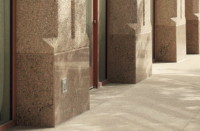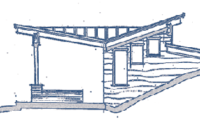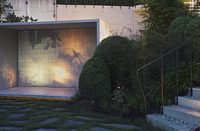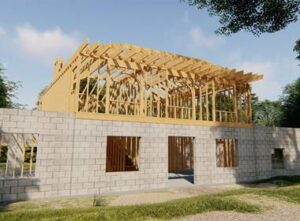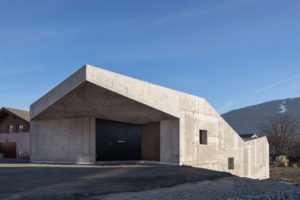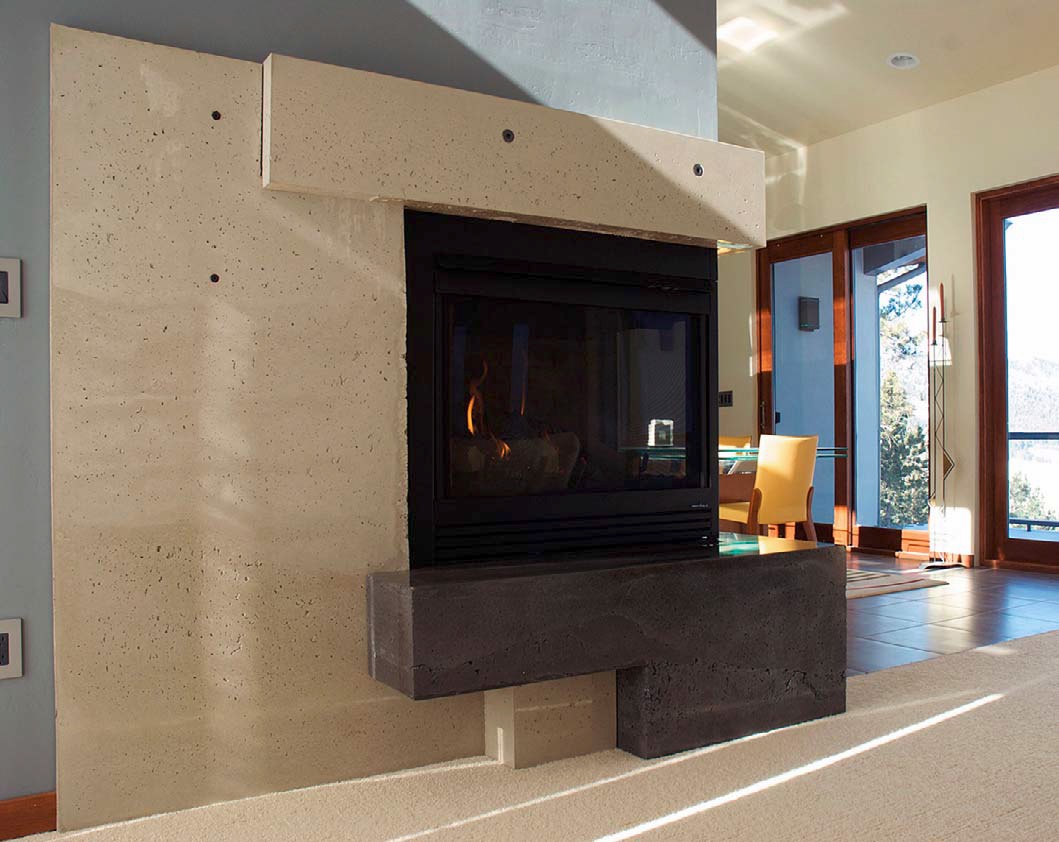
Clearly, designing and placing concrete is a process. However, for me, it’s best when not overly processed. I’m not particularly fond of Wonder Bread or Cheez Whiz. I much prefer homemade bread or artisan bread like a pugliese, or a really ripe and nasty brie, exuding ammonia and looking not just interesting, but also perhaps a bit dangerous. I like my concrete the same way I like my breads and cheeses, with every bit of the material exuding something interesting and reflecting the character of the ambient conditions and personalities that shaped it. And I’m not the only one who feels like this.
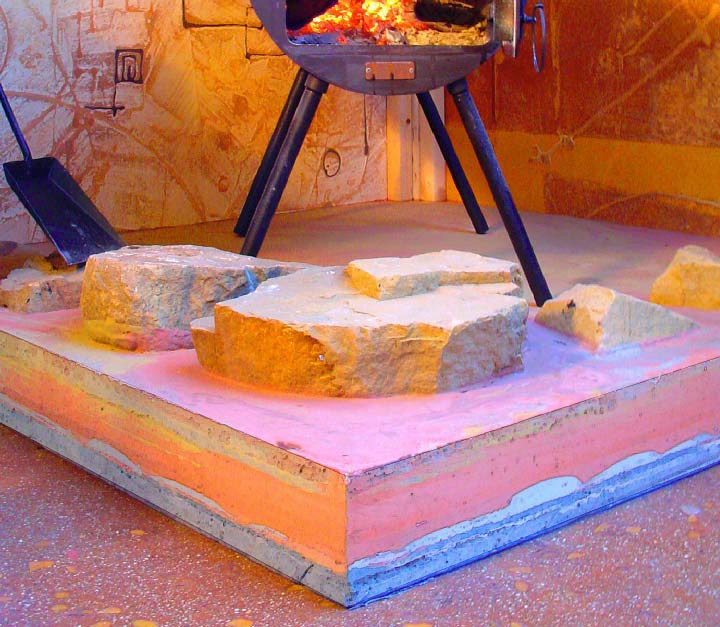
Ace Architects principal David Weingarten took a two-year sabbatical to build his and his partner Lucia Howard’s northern California home. Immersed in all aspects of the building process, he was present and involved as every cubic centimeter of concrete was placed. When I asked him to elaborate on the process, he got excited and seemed to want to talk. He began with the pump. “What was really surprising was holding the hose, and even more surprising, to be at the nozzle end. Its wild! You’re grateful to have gotten to the end of the day. I imagine it’s what a really wild animal is like.”
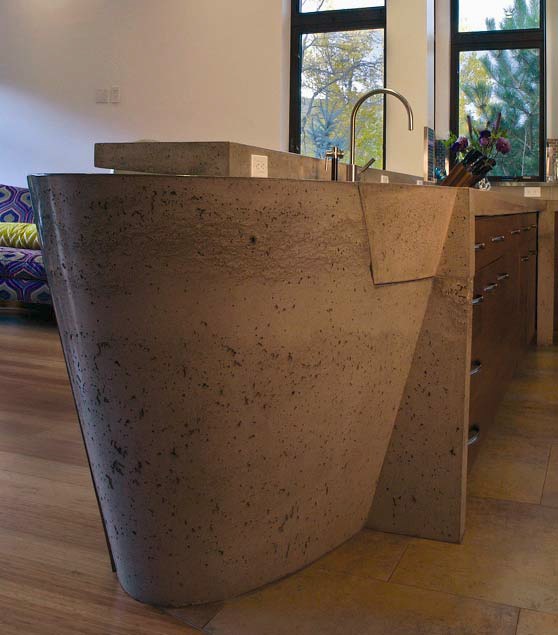
He’s come to believe that one of the great things about concrete is that “it is an artifact. You are left with an artifact of an experience – everything from the building form, to the hot day, to the really sweaty people swearing in Spanish.” As with a fossil, you see the butt and grain of the form boards and the tie holes, like ancient dinosaurs, ferns or trilobites, and it fossilizes the experience that made it – the experience and memory of building the thing. The house has become an external memory. “I can’t help but look at the walls and see (the memories).”
Tie holes and the grain of form boards, especially those forms that are well-crafted but not too well-crafted, are often a component of vertical sensory concrete. And just as all of our lives are at least somewhat complex, complicated and multilayered, so it is with sensory concrete. Other components of interest include bug holes, laitance and lift lines. Ah, I get dewy just thinking about those lift lines!
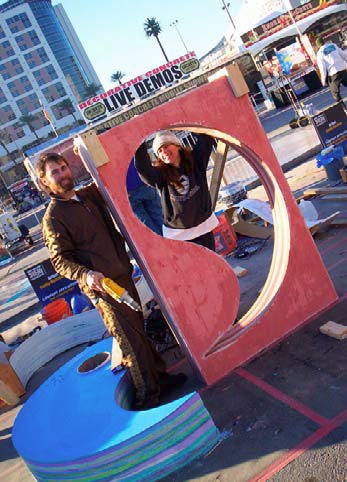
The laws of physics pretty much guarantee that most vertical concretes will want to resolve in a graphically sedimentary way. And why bust your ass to fight the laws of physics, especially when the results can be so compelling? After all, when was the last time you can recall someone returning from the Grand Canyon and grousing about how boring or offensive the layers of colorful sandstone were? This just doesn’t happen, and why should it be any different with concrete?
You can spend lots of money and work like crazy to turn the concrete into something it basically is not…that is, something middle-of-the-road, consistent, pleasant and unchallenging, like a vanilla milkshake from McDonald’s. Or, you can not think so much and not work so hard. You can take your concrete as God intended it and be prepared for surprises. Concrete with bug holes. Concrete with serendipitous lift lines. Concrete with lacy laitance, like a fractal filigree. Concrete as a fickle muse…the kind of concrete you’d talk about at a cocktail party. Concrete that’s always interesting! You’ll see examples of this by concretist Sean Dunston.
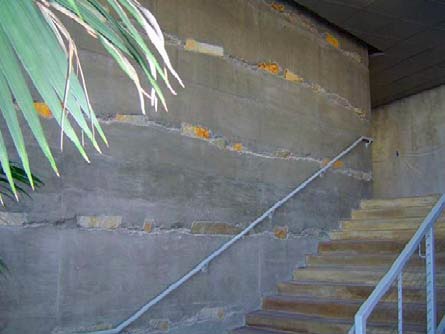
There’s also a middle position, one in which you approach the concrete with deliberation and forethought, but on its own terms – where you direct with whispers and gentle nudges rather than with a sledgehammer. For example, realize in certain cases that a stratified lift line is at least likely, and, possibly, guaranteed. So, why not indulge, perhaps highlight and enjoy. Enjoy a guilty pleasure! I’ve included two examples of this. One by Fu-Tung Cheng, in which he emphasizes lift lines through shifts of color and with use of applied dry pigment floating in between the lifts. Fu-Tung’s work is always natural and honest, with his mind and hand apparent in the outcome.
Another is by San Diego contractor T.B. Penick & Sons Inc. The Klemaske brothers, Frank and Byron II, have shared with me photos of a project where lift lines were emphasized by the placement of natural stone within the forms, between the lifts. A really great idea! And T.B. Penick has practiced this with many different materials (exotic aggregates, glass, seashells), producing a really broad range of effects. Sean is a protege of Fu-Tung’s and came-up through the Cheng educational system. T.B. Penick offers access to their ideas through their Lithocrete system. Both of these outfits are worthy of study and your consideration.
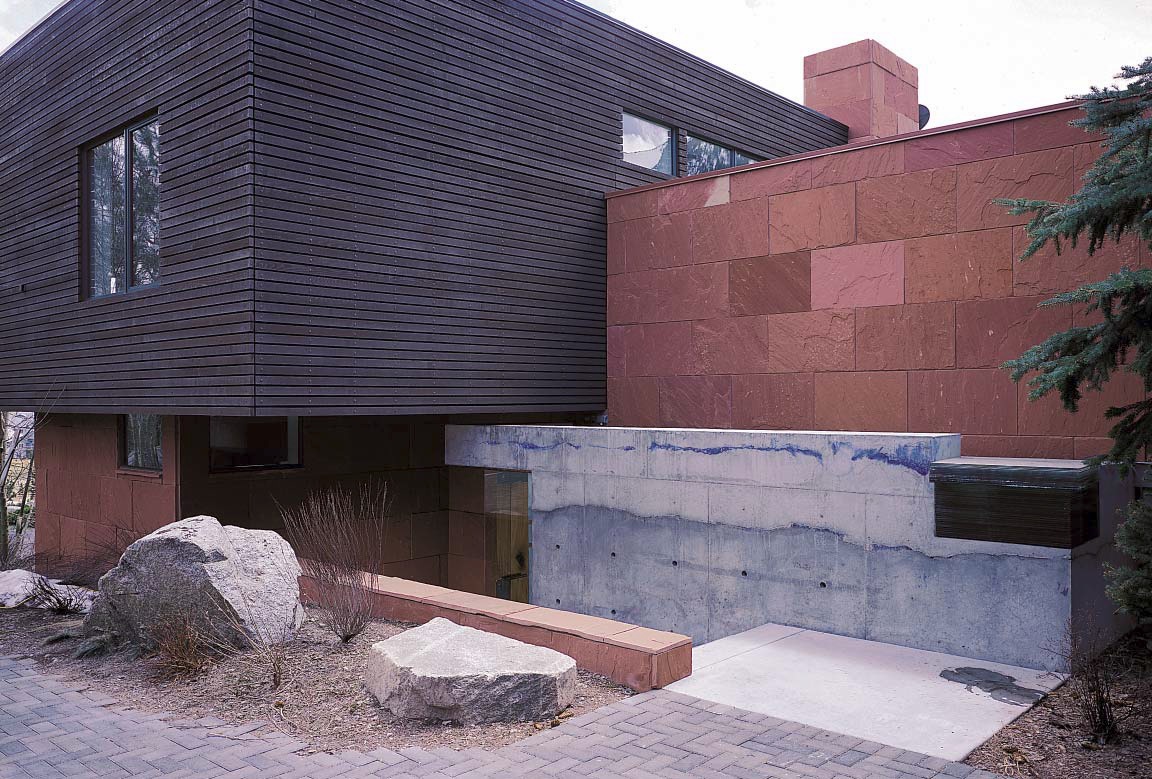
Finally, I’ve included an example of intense strata work by two of my proteges, Emily McClintick and her husband, Ramon Manzano, both of ER Designs, based near Lake Tahoe. This is a sedimentary yin and yang graphic, composed of integrally colored layers of cementitious Pterra, from Colormaker. Both pieces were placed horizontally, with multicolored layers between 1/8 inch and 1/4 inch thick. I don’t know whether it was the yin or the yang, but one of the pieces was then tilted up for final presentation.
I hope you’ll take a look at these installations and consider the laws of physics, the true nature of concrete and the installers’ methodologies. I hope you are titillated. I hope you enjoy. Ladies and gentlemen, fasten your seat belts and prepare to enter the strata-sphere!
